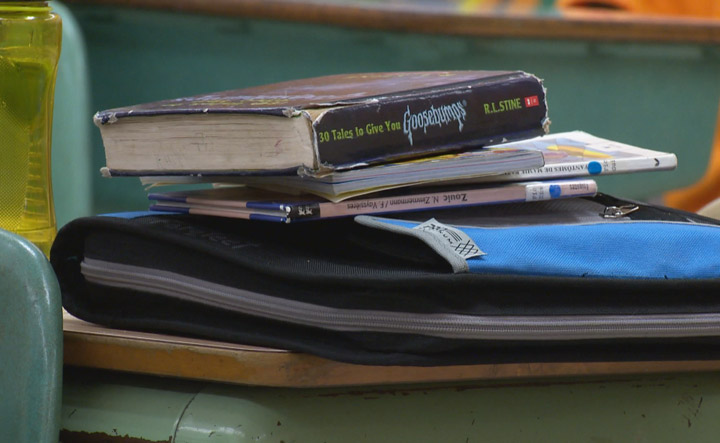Two Kelowna high schools are the top secondary schools in the Okanagan, according to the latest edition of the controversial annual ranking of B.C. secondary schools put out by the Fraser Institute, a Canadian think tank.

Public school Okanagan Mission Secondary and private school Aberdeen Hall are tied for 26th spot in the ranking of 251 B.C. secondary schools.
The report card said both schools had an average provincial exam mark above 75 per cent in 2018.

That year, Okanagan Mission Secondary had a graduation rate of more than 99 per cent, while Aberdeen Hall had a 100 per cent graduation rate.
The lowest-ranked Okanagan high school is in the North Okanagan-Shuswap School District.
Pleasant Valley Secondary School in Armstrong was ranked 228th, with an average provincial exam mark of just over 63 per cent and a 94.6 per cent graduation rate.
However, the superintendent of the school district doesn’t put much stock in the rankings.
Peter Jory, who heads up the North Okanagan-Shuswap School District, told Global News the district does pay close attention to their achievement metrics and believes the results are improving.
However, he fundamentally disagrees with the idea of ranking schools.
“I want to point out that ranking schools is ethically wrong and counter to the best interests of all students,” Jory wrote in an email to Global News.
“It has the capacity, if we let it, to pit us against each other, and I believe that learning is a collaborative endeavour where best practices should be shared in the interest of children.”
Jory added that he believes the rankings are being done to promote privatization.
He points out the data used is from the 2017-18 school year.
As it released its report card, the Fraser Institute pushed back against the idea that the rankings laud private schools by pointing out that two dozen of the top 53 schools on this year’s list are public institutions.
The Fraser Institute also argues, rather than causing division, the rankings can encourage collaboration and improve schools.
“The report card fosters collaboration among schools by helping educators and policymakers identify schools in the province that are performing well and improving so that best practices and successful strategies can be shared with schools that are struggling or falling behind,” senior policy analyst for the Fraser Institute Angela MacLeod, said in an email to Global News.
The think tank describes the rankings as an easy way “for parents to compare the academic performance of their children’s schools.”


Comments